The brake system is the main device that ensures the safety of the vehicle. In addition, brake discs are the most vulnerable part of the brake system. That is why in the presence of malfunctions in the operation of the brake system it is strictly forbidden to operate the vehicle.
Content
Brake system, its device
Modern cars equip three or even four braking systems:
- Working or main system.
- Auxiliary system.
- Parking brake.
- Duplicate spare brake.
The main (working) system is the main on use and efficiency.

The direct purpose of the working brake system of the vehicle is to reduce the velocity of the vehicle or its stop. The principle of operation of this system consists in the strut of the wheel drum or compression of a rotating disk with special metal-ceramic pads, which is squeezed or compressed the brake pedal by means of a reinforcing hydraulic pressure transmission system.
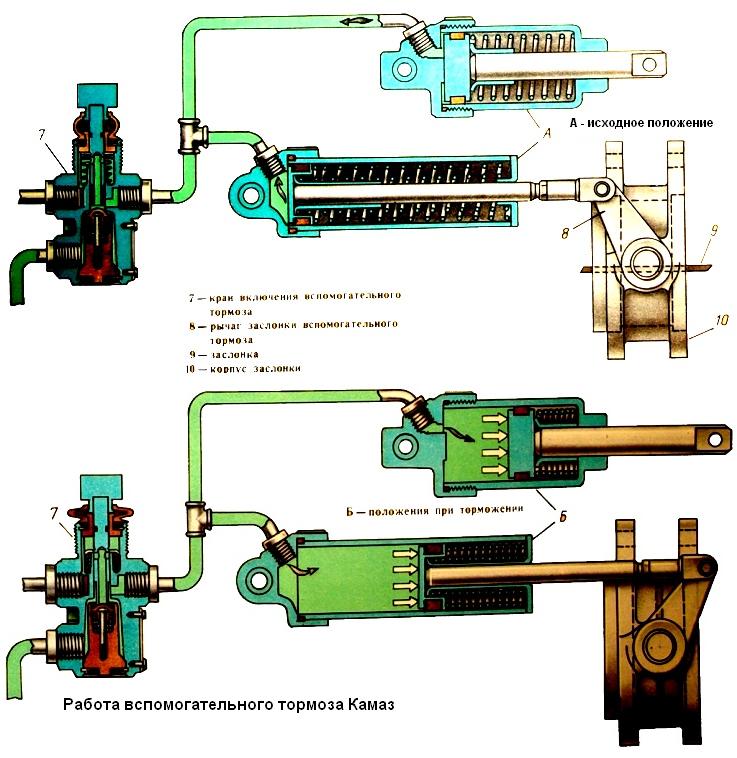
Auxiliary braking system - used on large-sized long-range cars such as KAMAZ, MAZ, KRAZ, and so on. It makes it possible to remove an excessive load from the main braking system with a long-term brazing of a large-tonnage vehicle on hilly and mountainous parts.
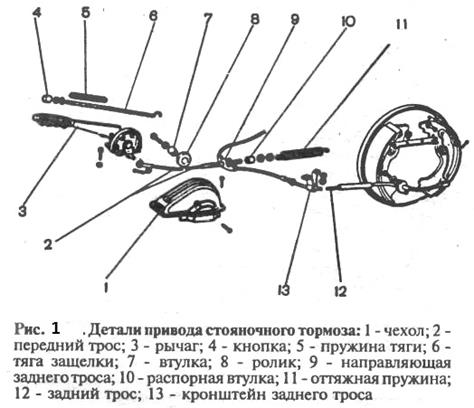
Parking brake (handbrake) - used to fix the position of the vehicle after stopping. During the release of the main brake pedal, the working brake system is turned off, and the vehicle can easily ride under the slope. The second purpose of the handbrake is the beginning of a ride on a cool rise. Very often happens when the car bothers on the rise. At the same time, the manual parking brake holds it on the slope. To begin with, you need to remove the parking brake with simultaneous movement and hands, turn on the grip and press the gas. This will avoid the rolling of the vehicle back.
Duplicate brake system - applied to insurance during the failure of the main brake system. As a rule, it is independent of the main system and covers all contours of the braking system or duplicates only a certain part of it, for example, rear brake cylinders. Sometimes the role of the duplicate braking system performs the parking brake.
Wear brake discs, from which depends the wear of the brake discs
Each manufacturer has its digital parameters about the allowable wear of the brake pads and disks:
- First of all, the material of their manufacturing is on the wear of brake discs. As a rule, brake discs are made from cast iron, but modern technologies also allow such discs from ceramics and carbon (carbon fiber). But this factor is objective.
- Mechanical factors - mileage of vehicle, quality brake pads. Poor-quality brake pads are able to lead to the appearance of loops on the brake disk and to its uneven wear. In this case, the brake system is required.
- Operating conditions for vehicle. To a greater extent, this factor depends on the motorist. For example, in winter, the brake discs can be deformed. During the ride, the disk is heating, and if the driver enters the puddle, and the street is low, then the sharp temperature difference will provoke the disk deformation. Especially if such a differential occurs periodically.
- Driving style. As a rule, the brake disc is capable of listening to 100 - 150 thousand mileage kilometers. However, some car enthusiasts are already 5-6 thousand kilometers of mileage appeal to a hundred. Sharp accelerations and emergency braking are one of the main factors affecting the rapid wear of the brake disc.
Front brake discs, which indicate the numbers on the brake disk
If you take the brake disc, you will see two digits on it.
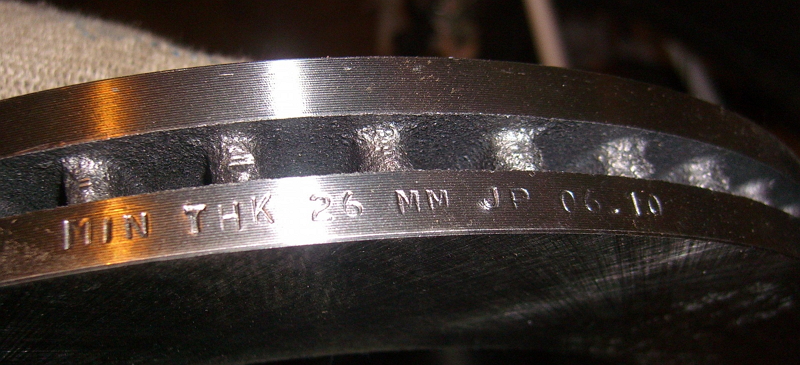
The first of these will denote the nominal thickness of the brake disc, and the second is the minimum permissible. When the brake disk is reached the minimum allowable thickness, it is necessary to replace it in the mandatory. If there are no symbols on the brake disc, then your brake disc is fake. Professional wizards are able to visually determine the worn out of the brake disc, but it is possible to do it yourself with the help of a regular caliper.
Rear brake discs
As practice proves, replacing the rear brake discs are made much less frequently than the front. This occurs as a result of high load on the vehicle.

It is worth noting that the use of worn brake discs entails a lot of negative consequences. For example, when braking, friction force is formed between the disk and the pad. If the element is heated to peak temperature, it will be deformed, and, as a result, breakdown the entire brake system.
Brake discs, signs of brake disk worn
There are a number of signs of wear of brake discs, namely:

- Skot, disk deformation.
- Deep chips and scratches on the disk.
- The appearance of the protruding fracture at the outside edge of the disk.
- Disk cracking.
- The thickness of the brake disc is less than the permissible.
- Lowering the level of brake fluid.
- Increase the brake path.
- Too soft brake pedal.
- During braking, the vehicle goes to the side.
When changing brake discs
Brake discs, as elements that work in a high range of mechanical exposure, produce from fairly durable materials. However, despite this, they are a vulnerable part of the brake system. Brake discs are mechanically influenced, for example, faulty brake pads. In addition, a small area is affected by the increase in their wear, during contact with the brake shoe. This requires a large pressure on the contact area and, accordingly, the result is quite fast disks.
There is no specific digit of the service life of the brake disc, it is impossible to determine it, because every motorist has an individual driving style. That is why in fact, all manufacturers indicate the end of the brake disc to its permissible thickness, respectively, which you need to replace the disc.
Tips for safety professionals on the road
To avoid breakdown of the vehicle braking system, it is necessary to systematically check it. More often, pay attention to the level of brake fluid and on the state of the brake pads and disks. Inspect the thickness of the brake pads - it should be at least one millimeter. To extend the life of the brake system, the basic rules for caring for it should be observed:
- There should be no air in the brake system.
- If necessary, adjust the magnitude of the brake pedal.
- Perform control over the tightness of pipelines and connections.
- Check the size of the brake pads and brake discs.
- Check if there are no inclines in the brake system department.
Related Materials
- Stove 2110, bad warm stove 2110, VAZ 2110 heating system, repairing the heating system VAZ 2110 with their own hands
- VAZ 2114 stove blows with cold air, stove 2114, bad warm stove VAZ 2114, device and repair of heating VAZ 2114 do-it-yourself, removing the stove VAZ 2114
- How to subdominize the car. How to put a jack. Types of jacks for cars.
- VAZ 2109 Fuse Block, VAZ 2109 Fuse Block Carburetor, VAZ 2109 Fuse Block Injector, Old VAZ 2109 Fuse Block, VAZ 2109 Fuse Block, VAZ Fuse Block 2109
- Car exhaust gas catalyst, faulty catalyst, pluses and cons of the catalyst, how to change the catalyst on the planeencitel
- Stove blowing cold air VAZ 2114, badly blowing the stove VAZ 2114, why badly blowing the stove VAZ 2114
- How to find out the owner of the car by the number of his car, check the car by the number of the traffic police machine, check the car by the state number of the car for free
- How to choose Used tires, Useful Tips
- Winter car road, pressure in passenger car tires in winter, good battery for the car in winter, whether to warm the car in winter
- In winter, the car is poorly started. How to make a car in winter, do you need to warm up the car in winter, useful tips
- Economy fuel consumption machines, the most economical car consumption
- Tires brands for passenger cars, labeling of car tire labeling, residual passenger car tire protector, how to pick a tire on a car brand, car tire tread pattern
- Working transmission operation, mechanical gearbox clutch work, driving with manual gearbox, useful tips
- Rear beam Peugeot 206 sedan, rear beam device Peugeot 206. Rear beam Peugeot 206 Malfunction, repair of the rear beam Peugeot 206
- Diesel fuel in winter, additive for diesel fuel in winter, how to choose the best diesel fuel
- Diesel winter does not start. How to start diesel in winter, heating diesel in winter.
- Japanese bridgestone tires, winter studded bridgestone tires, bridgestone tires brand
- Tire marking decoding for passenger cars, labeling wheels, how to choose the right tires on the disks
- Diesel engine in winter, launch of the diesel engine in winter, what oil to fill in a diesel engine in winter, useful tips
- LED backlight of the car, the backlight of the bottom of the car, the backlight of the legs in the car, the backlight in the door of the car, the backlight of the car is fine
- Recovered tires, bus tire, restored tire protector, can I use them
- Choose winter tires, which is a winter tires, which pressure in winter tires should be marked with winter tires, how to choose the right winter tires, the best winter tires 2019
- Steering rail rail, knock of steering rack, reasons for the knock and repair of the steering rack do it yourself
- Cameless car tires, a set for repair of tubeless tires, repair of the cannon-free tire do it yourself
- Russian tires, Russian tires Winter, Russian All-season tires, Voronezh AMTEL tires, Tires "Matador Omsk Tire", Kama-tires are world-class bus
- How to open a car without a key. Lost the key from the car what to do, the key from the car inside the car
- Silent tires, quiet winter tires, quiet studded bus, which tires to choose, overview tires
- Tires and safety, safety of the bus, why it is necessary to constantly monitor car tires
- Rules of safe driving of the car in the rain and slush, safe driving of the car for beginners
- Rust converter which is better for cars, rust converters to choose how to use rust transducer, professionals
- Polishing the body of the car do it yourself, how to choose a polishing paste, useful tips
- Engine durability, engine life, how to extend engine life
- Knock in the car. Knock when moving the car. What can knock in the car. How to determine the cause of the knock.
- ABS car, what is ABS car, ABS system malfunction, ABS diagnostics
- Overtaking a car when you can start overtaking a car, rules of traffic rules
- Fuel pump VAZ 2110, VAZ 2110 gas station scheme, VAZ 2110 fuel pump device, VAZ 2110 gas station repair,
- Automotive antennas for radio, automotive antenna device, car antenna do it yourself
- Front suspension Kalina, device front suspension Kalina, knock in front suspension Kalina, repair of front suspension Kalina
- Shock absorber Oil, best oil shock absorbers, pumping oil shock absorbers, how to properly pump oil shock absorber
- Clutch malfunctions, touches clutch, causes a clutch malfunction, how to eliminate
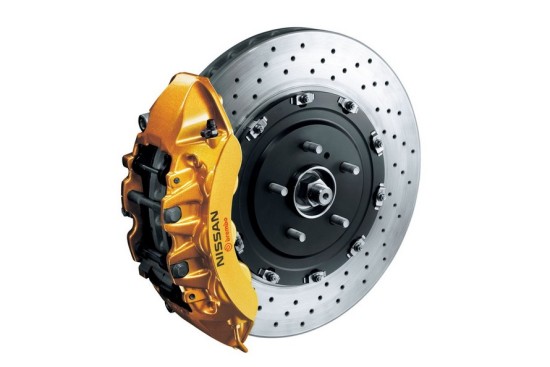
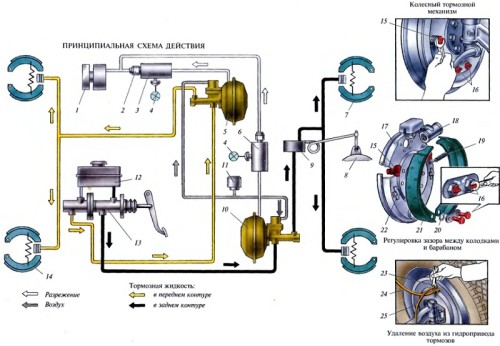
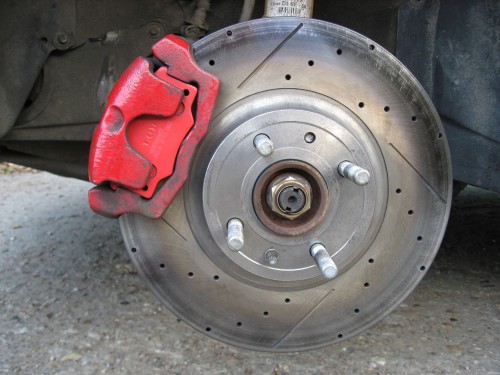







Comments